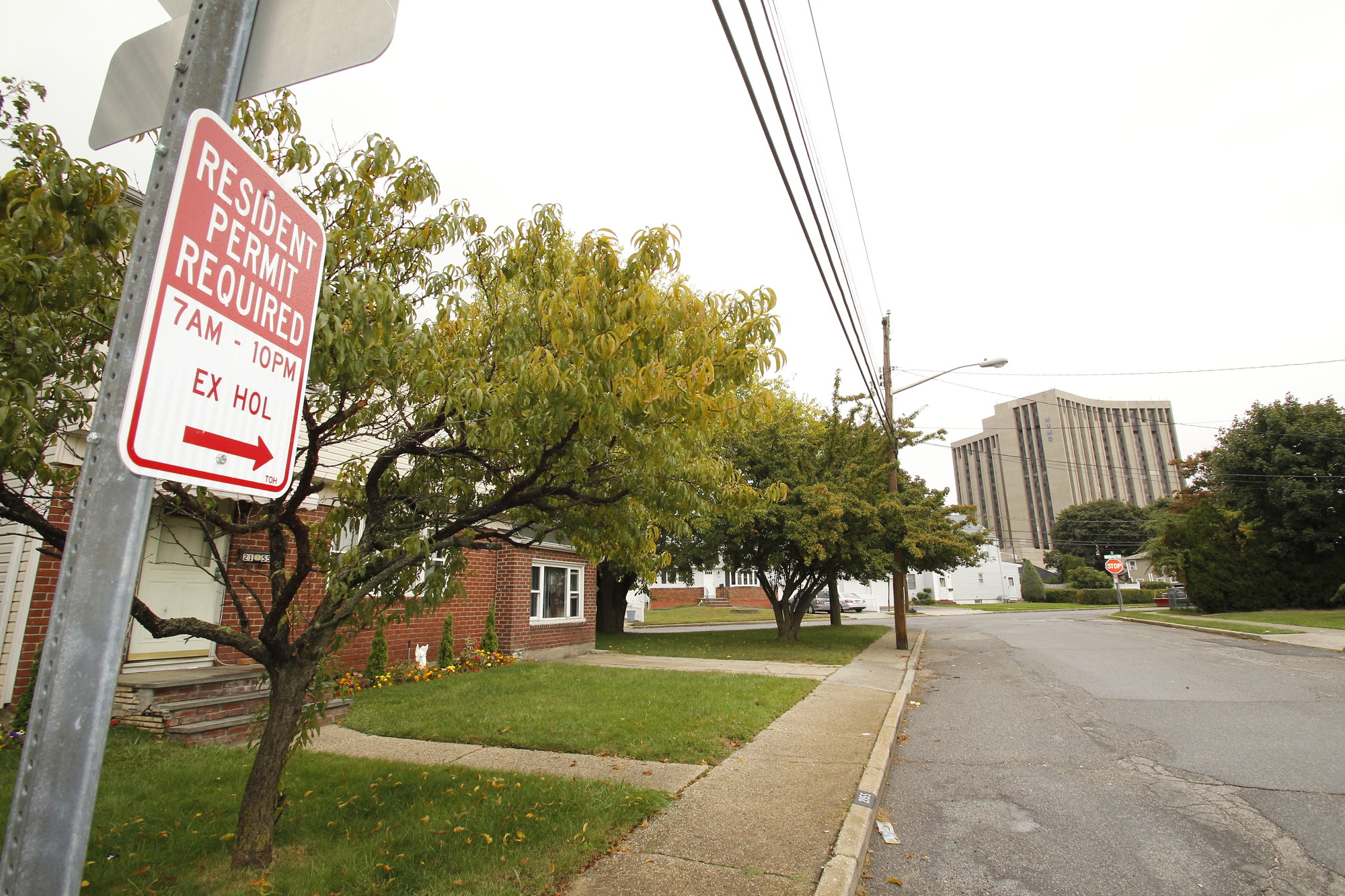Residents: Parking law is working
Eight months after its passage, difference is 'day and night'
Residents who live near the Nassau University Medical Center say they have experienced a dramatic increase in their quality of life since parking restrictions were put in place on May 1 to alleviate traffic congestion caused by hospital workers and visitors who frequently parked on their streets.
For years, residents complained not only about the traffic congestion, but about excess noise and pollution. The problems began in June 2011, when a parking garage on hospital grounds that held 780 vehicles was deemed structurally unsound by engineers, and closed shortly thereafter.
A team of residents, led by Yvonne Amato, John Nikiel and Roxanne Rose, worked with State Assemblyman Tom McKevitt and State Sen. Kemp Hannon to create a law, which was signed by Gov. Andrew Cuomo in July 2013, that gave the Town of Hempstead the authority to draft its own law to regulate parking.
Following extensive polling of homeowners by the three residents and Town Councilmen Gary Hudes and Ed Ambrosino, the Town Board passed a law last February governing parking on a number of streets. Residents who lived on streets with restrictions were given permit stickers.
On May 1, signs listing the parking provisions were erected, and the results have been overwhelmingly positive. “The quality of life is day and night,” said Nikiel, who lives on Roosevelt Avenue, adding that before the signs went up, he would see six to 12 cars parked on his street each day that did not belong to homeowners. Now, Nikiel said, “90 percent of the time I walk out there, there are no cars on the block.”
Nikiel, who was a Nassau County police officer for 30 years, credited the county Police Department for enforcing the law. “The enforcement has been phenomenal,” he said.
Amato, a First Street resident for more than 30 years, said the number of cars parked on restricted streets by outsiders has plummeted from between 40 and 50 to five or six per day. “It’s due not just to the signs, but to the enforcement,” she said. “I have to give a lot of credit to the Police Department.”

 47.0°,
Mostly Cloudy
47.0°,
Mostly Cloudy 




